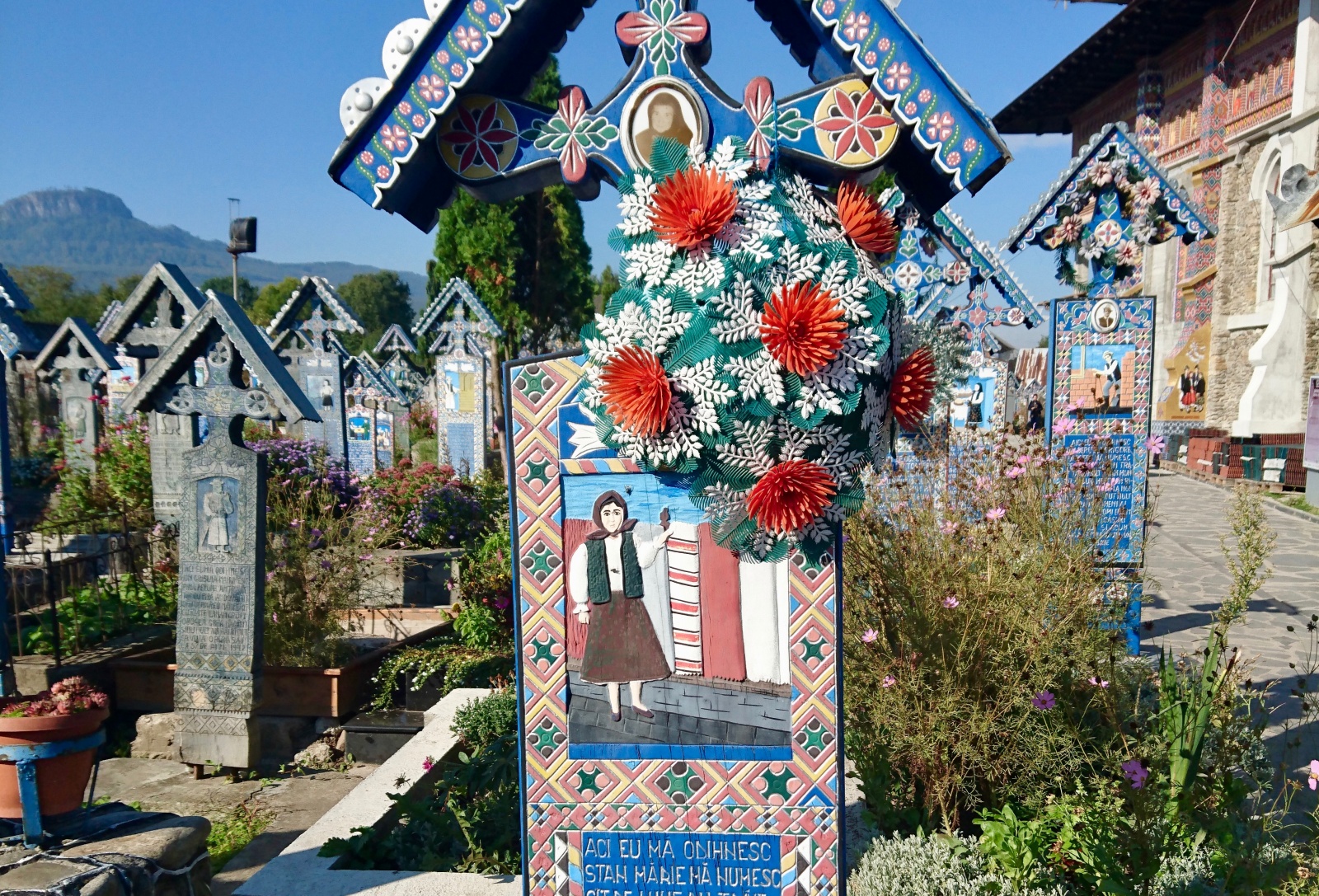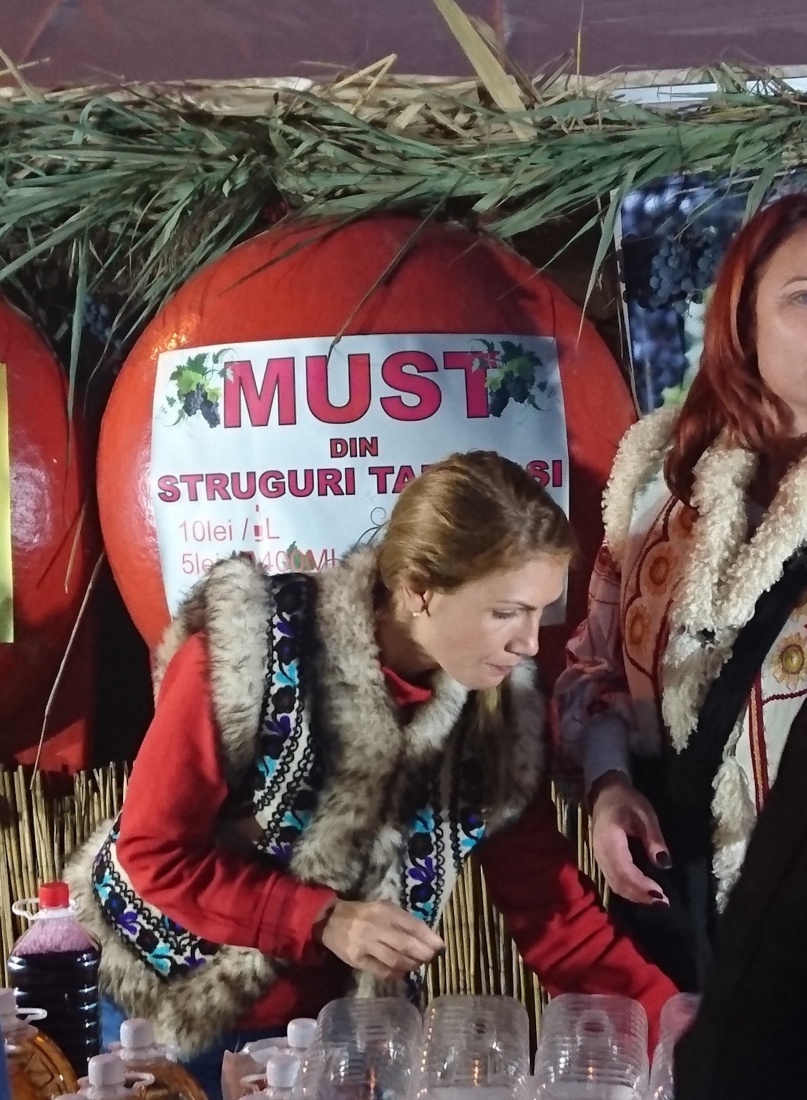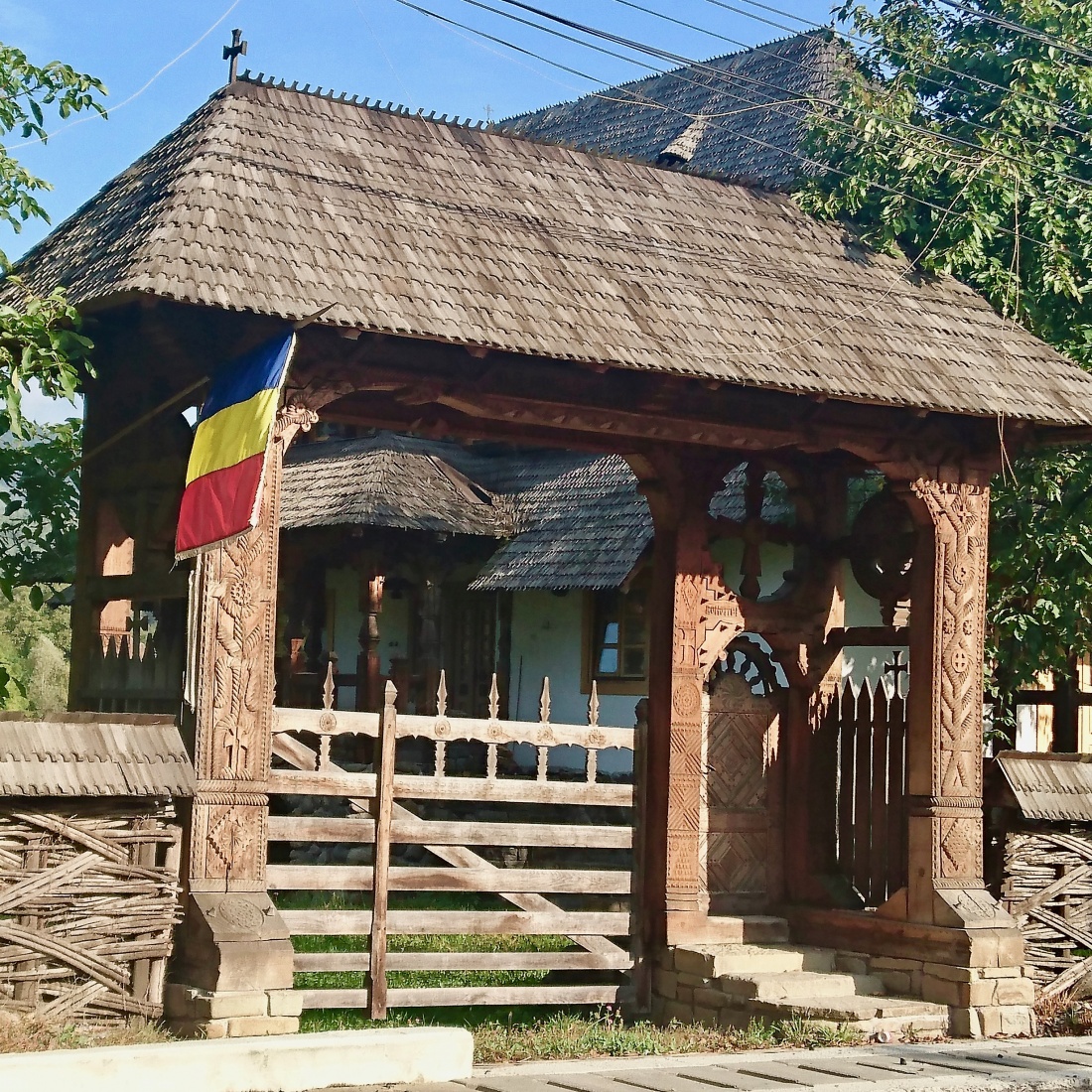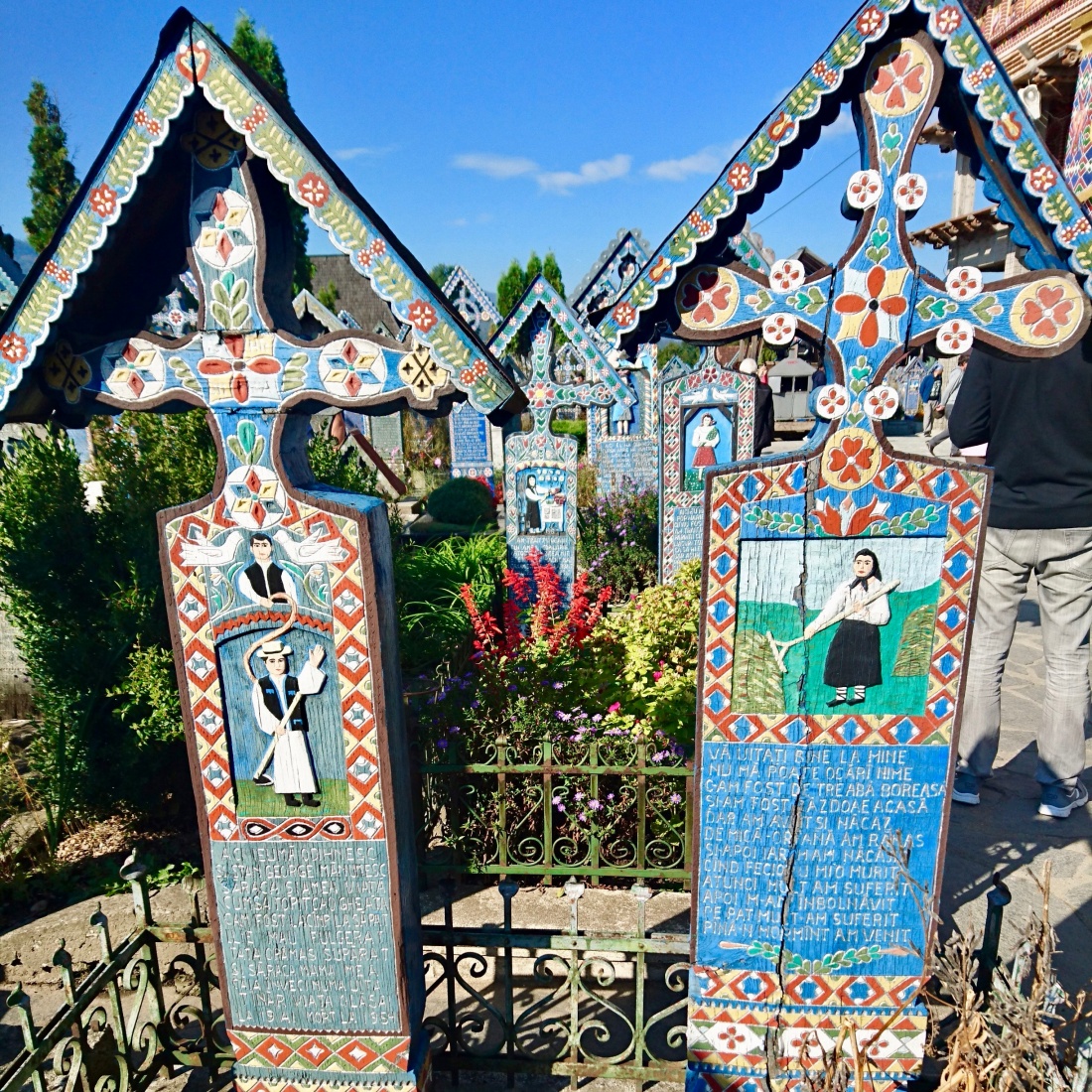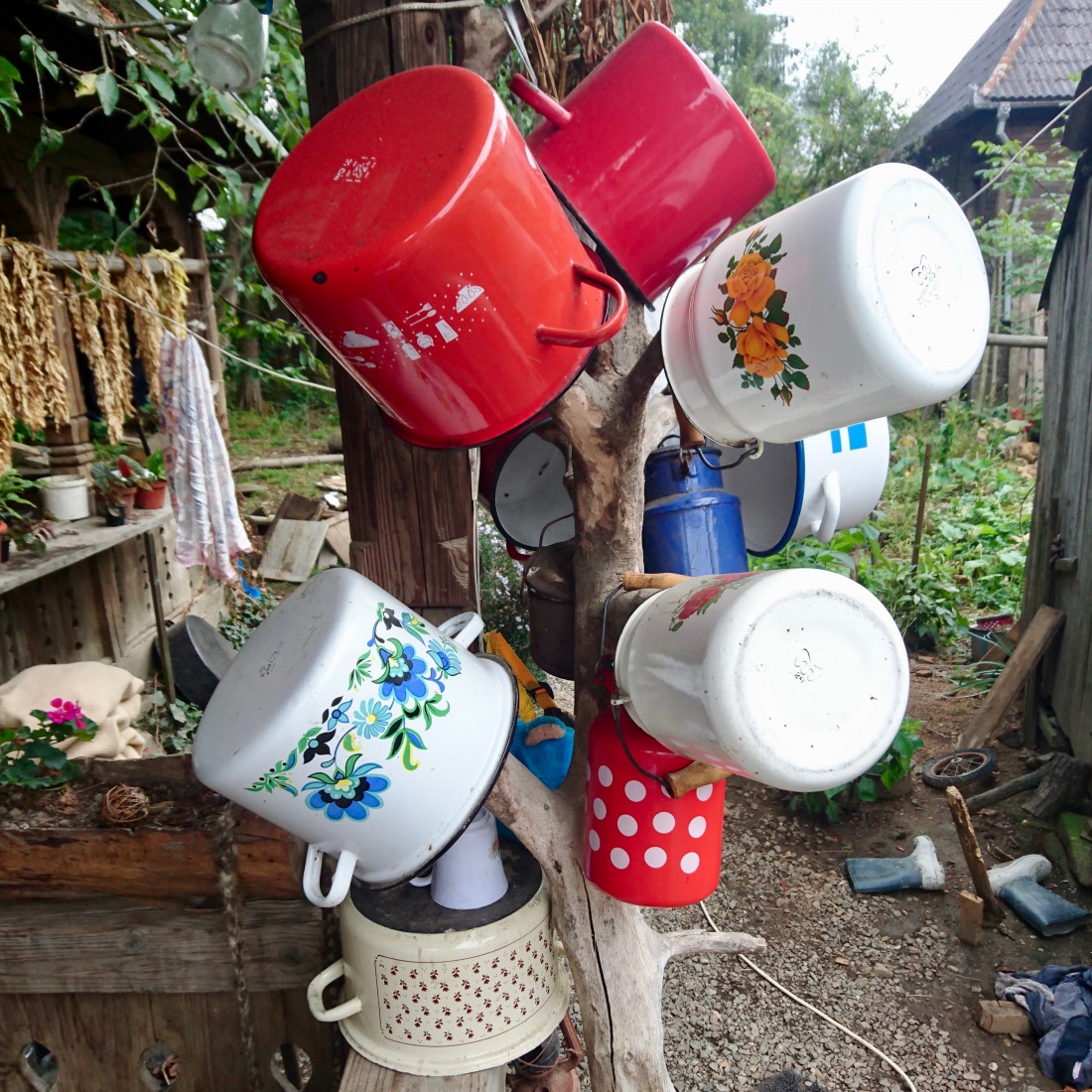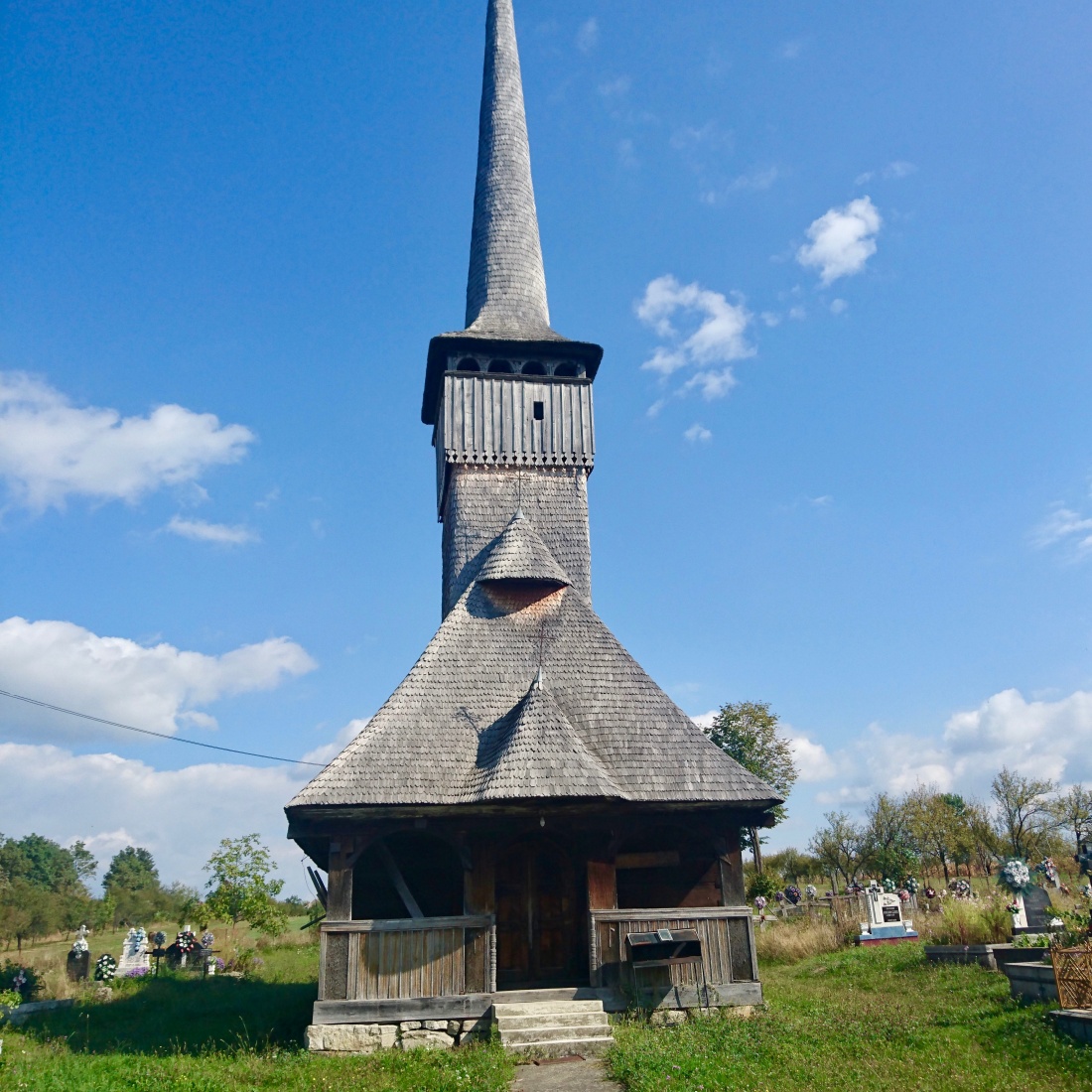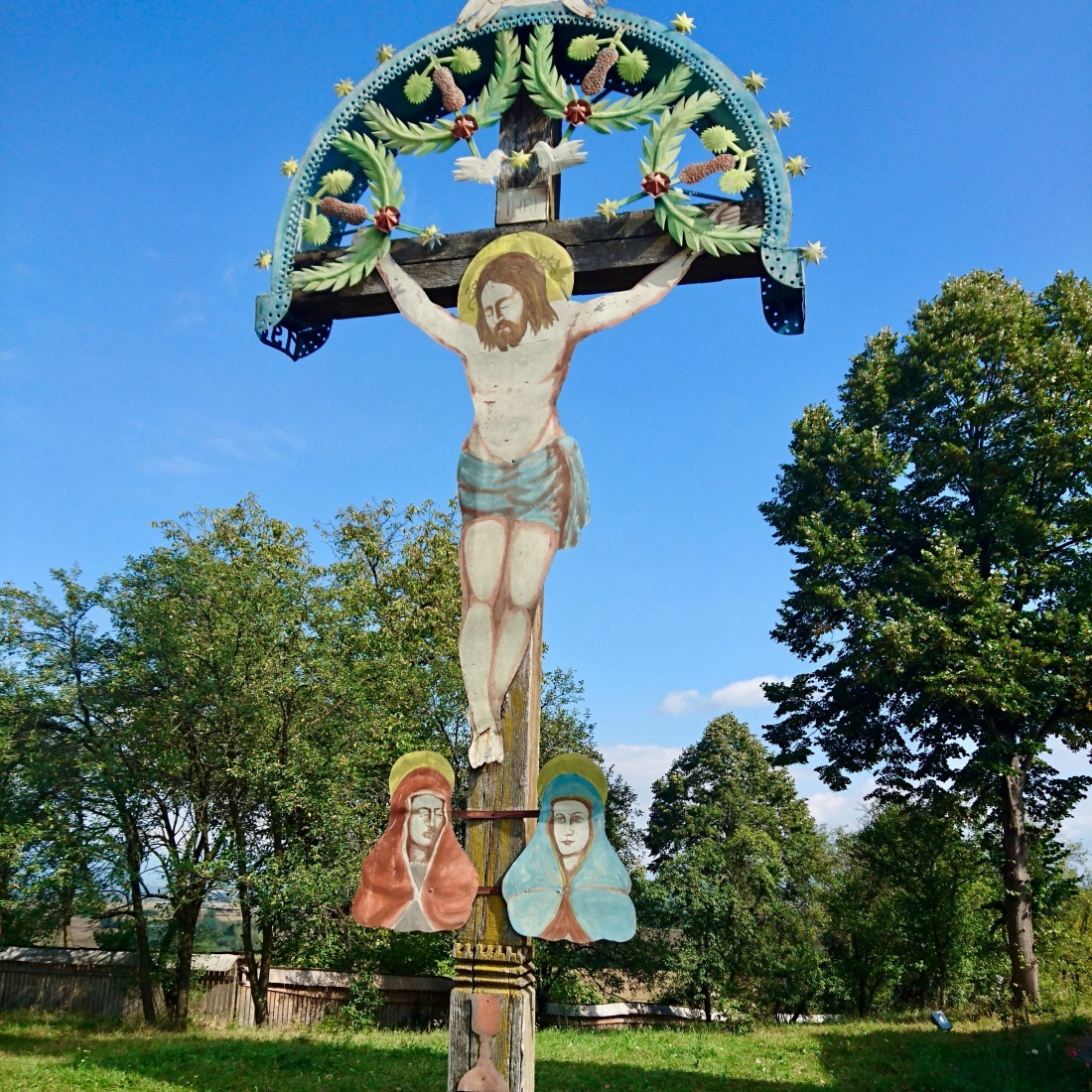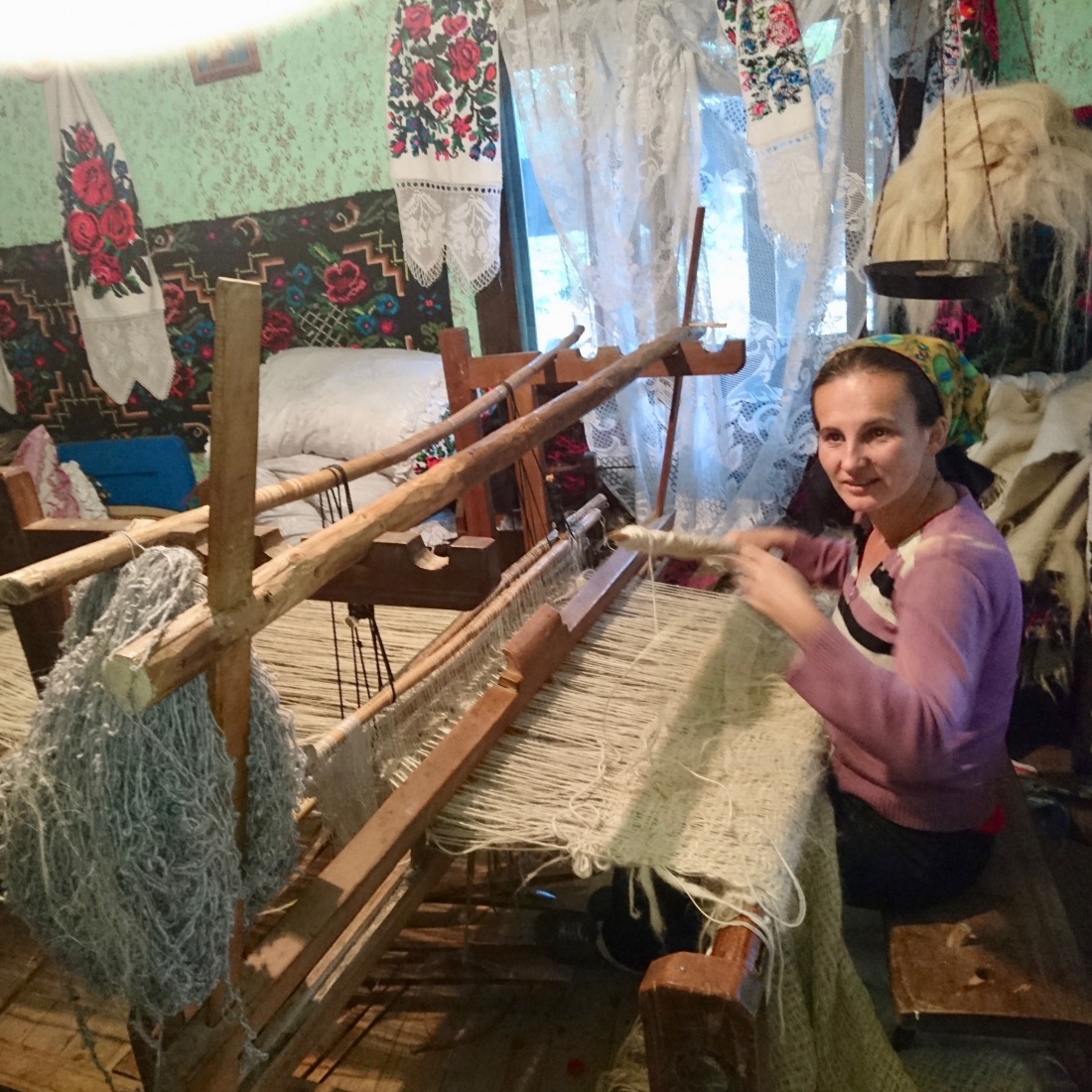Over the past 10 years, I have written (or co-written) around half a dozen books on Romania and have traveled all over the country. Normally, I take my car and bicycle on these research assignments, but on this particular journey, several years ago now, I was traveling only with a backpack by bus and train.
My first stop on that research trip was in a remote northwestern part of the country, in Maramureș, where I visited the oddly upbeat "Merry Cemetery" and spent a few days moving between villages, dropping by random guesthouses and sampling some Romanian plum brandy, țuică. After Maramureș, the plan was to travel east across the Carpathian mountains to the province of Moldavia in order to see and write about the fabled "Painted Monasteries" in Bucovina.
Judging from my map, the trip looked like an easy hop from one of the main cities in Maramureș, Sighetu Marmației, across the peaks and down into the valley to the town of Vama, in Moldavia, not far from the city of Câmpulung Moldovenesc, on the other side.
At the time, I still hadn't completely grasped the fact that Romania (to this day) remains less a single country and more a fusion of three (or four, if you’re counting Northern Dobrogea) distinct regions: Transylvania (more or less where I was, in the west), Moldavia (to the east) and Wallachia (to the south). These regions have their own unique histories, and their boundaries are traced out by the high-ranging peaks of the Carpathians. In my ignorance, I figured it should be pretty easy simply to buy a bus ticket to traverse the country; it turned out to be anything but.
To start the journey, I walked over to Sighetu Marmației's small bus station to buy a ticket for what I thought was Vama. I boarded the bus and settled in for the long ride over the mountains. Imagine my surprise when, a couple hours later, the bus abruptly stopped in an empty parking lot on the edge of a scruffy mountain town called Borşa, still on the Maramureș (western) side of the peaks. Everyone got off. The bus showed no sign of going any further.
Hmm, this didn’t seem right, I thought. I was more than a little confused. I got off the bus like everyone else and tried to figure out what to do next.
In advance of that particular trip to Romania, back in Prague I had taken a few weeks of Romanian-language lessons. I had learned just enough to be dangerous. Of course, one of the key phrases in learning any language is “Where is the bus station?” In Romanian: “Unde este autogară?” I figured this was the perfect chance to try it out.
I found an old man wandering around the parking lot. He looked as lost as I was, and I decided to approach him:
Me (speaking in my best American-imitating-a-Romanian accent): Bună ziua! (Hello!) Unde este autogară?
Old Man (obviously confused and staring at me like a visitor from Mars): Huh??
Me (raising my voice for emphasis): U N D E E S T E A U T O G A R Ă??
Old Man (casting his eyes blankly around the parking lot): Autogară??
Me: Da! (Yes!) Autogară. Unde? (Where is it?)
Old Man (looking world weary all of a sudden): Autogară?? Nu este autogară… (There is no bus station.)
He spoke this final line, “There is no bus station,” with a pronounced air of resignation. It was as if he were telling me there was no god or no purpose to the universe. That of all of the achievements of the modern world, somehow -- alas -- they had never built a bus station in Borşa,
Oh well, I thought, I guess there's no bus station.
Still not sure what to do at this point, I wandered around Borşa for a while and dropped by small hotel not far from where the bus had stopped. The woman at the desk could muster a bit of English. She told me, yes, there would be a bus passing through town on its way to Vama, but that it wouldn’t be arriving until 7am the next morning.
I had made a previous arrangement a few days back to meet a friend in Vama for dinner and there was no way of contacting her to cancel. The 7am departure just wouldn't work for me. I thanked the woman, left the hotel, and started walking out along the highway in the direction of mountain crossing and Moldavia. Like any self-respecting backpacker, I would have to hitch-hike.
Thankfully, the story has a happy ending. It turned out to be an unseasonably warm and sunny afternoon, and every 20 or 30 minutes or so, someone would stop to pick me up and take me a little ways up and later down the mountain. Each driver professed shock at finding an American guy standing alone and waving down cars along the highway. My best ride that day was from a wannabe gangsta-style guy behind the wheel of a low-rider Audi. He seemed incapable of driving slower than 100 kilometers (60 miles) per hour.
I arrived in Vama that evening with a few minutes to spare before my dinner meet-up. Each of the drivers had politely declined my offer of gas money.
(Thanks to fellow travel writer Steve Fallon for supplying the images for this post. This was still before smartphones and for some reason, I didn't have my camera with me. To find the original Romanian version of this story, click here.)
